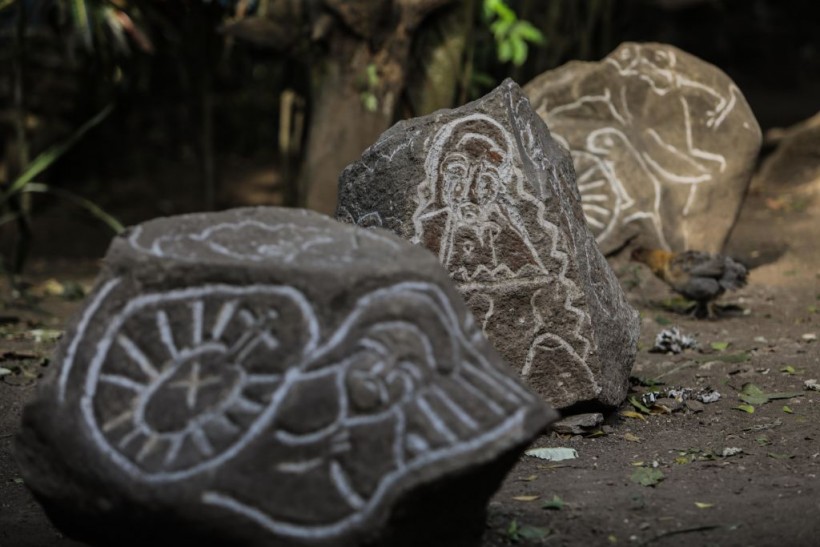Archaeologists from Brazil discovered multiple 2,000-year-old rock carvings depicting animal representations, celestial body-like figures, and human footprints.
Settlement Patterns
The discovery was made during three expeditions in 2022-2023 in Jalapão State Park, located in the state of Tocantins.
Researchers from Brazil's National Institute of Historic and Artistic Heritage (IPHAN) discovered 16 precolonial archeological sites on steep cliffs adjacent to one another. All of the sites were positioned on rock cliffs that were close together.
Archaeologist Romulo Macedo, who led the study, notes that the proximity suggests a possible connection between the several areas. Such proximity also sheds light on the settlement patterns of the ancient communities that once called the area home.
Many of the newly discovered engravings are etched symbols formed by wearing down rocks. The crew also unearthed a handful of red paintings at several of the locations.
"It is likely that the paintings are older than the engravings, and that they were made by another cultural group," Macêdo said.
The discovery of the rock art is regarded as significant and rare, as only stone items from the state park's pre-colonial indigenous peoples have previously been discovered.
The researchers explain that engravings could have been created using pointed stone and wood pieces. On the other hand, the pigments used in the paintings could have been made by pulverizing iron minerals. Such powders could have been combined with vegetable or animal fat and applied to the rock surface using sticks or fingers.
Ceramic artifacts and stone tools discovered at archaeological sites in Jalapão may have had a significant role in the production of art.
Among the engraved and painted symbols, human footprints, animal prints such as wild pig and deer prints, and celestial-body-like forms are prominent.
The findings in Jalapão have not been extensively examined. However, they exhibit technical and thematic connections with other archeological sites in several states of Brazil, indicating that the rock art dates from roughly 2,000 years ago.
"Further analysis of rock art and archaeological excavations at the sites will provide new information about the way of life and spirituality of these Indigenous groups," he said. The findings may also shed light on the "symbolic repertoire of precolonial populations," Macêdo added.
Archaeological Study At Jalapão
Jalapão State Park, covering 13,000 square miles (34,000 square kilometers), is a dry landscape with dunes, rivers, and gigantic rock formations.
It stands out among the surrounding Cerrado ecosystem, a distinctive tropical savanna recognized for its biodiversity. It is approximately 430 to 500 miles (700 to 800 kilometers) south of the Amazon jungle.
Archaeological study at Jalapão has been limited to salvage studies driven by agricultural or infrastructure developments, according to Marcos Zimmermann, an archaeology professor at the Federal University of Tocantins in Brazil.
Some regions of the state have yielded items spanning from 425 to 12,000 years ago, including ceramics and arrowheads, according to Zimmermann, who also served as the general coordinator of research at the Tocantins Archaeology Center (NUTA).
Despite the importance of these discoveries, the park faces challenges such as erosion, vandalism, and deforestation. IPHAN has announced plans to engage with research institutes on programs to preserve and share the region's archaeological legacy.
Related Article: Amazon Extreme Drought Exposes Ancient Dozens of Rock Formations, Carvings
© 2024 NatureWorldNews.com All rights reserved. Do not reproduce without permission.




![Climate Change is Reducing Dust Levels Worldwide as Arctic Temperature Warms [Study]](https://1471793142.rsc.cdn77.org/data/thumbs/full/70320/280/157/50/40/climate-change-is-reducing-dust-levels-worldwide-as-arctic-temperature-warms-study.jpg)

